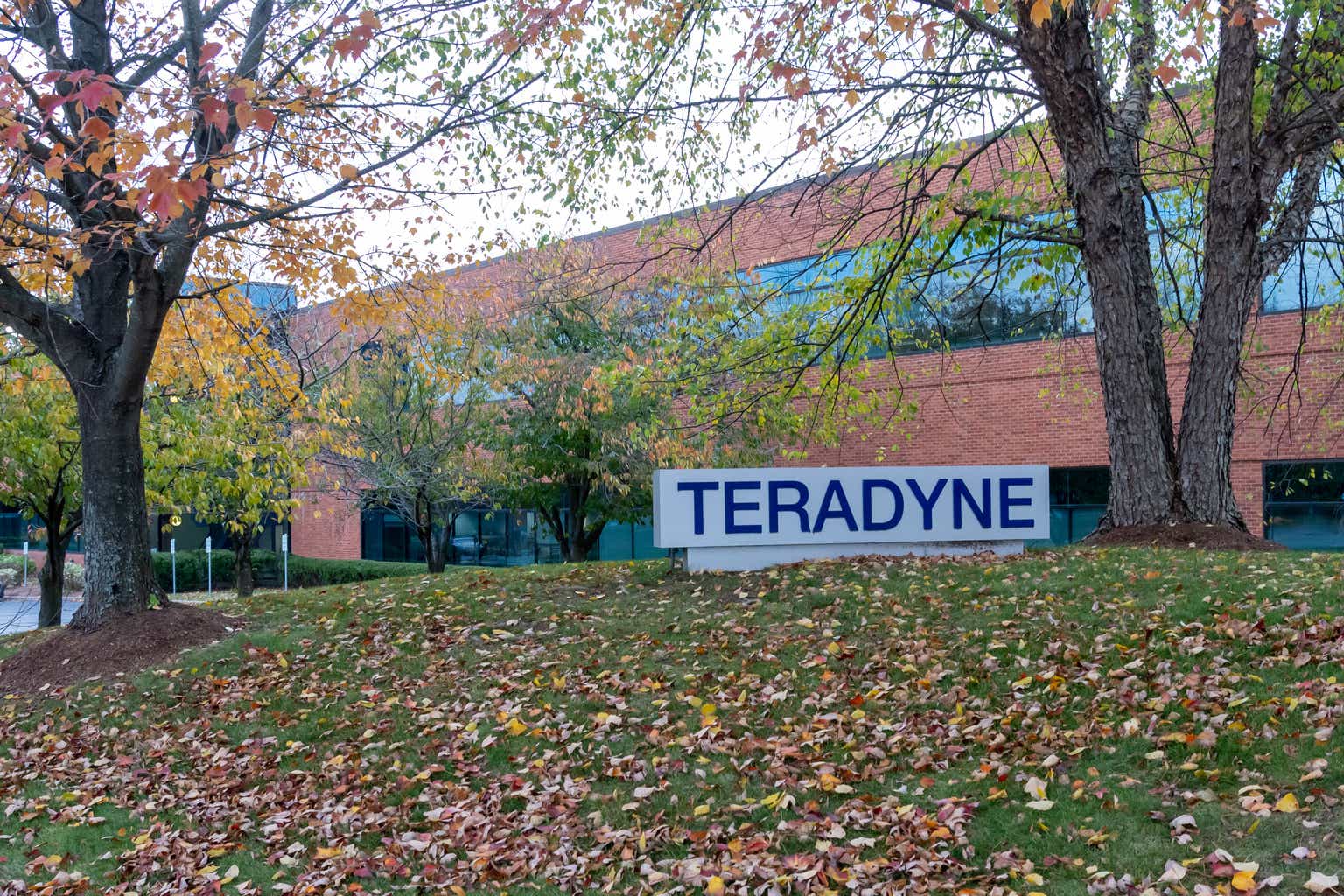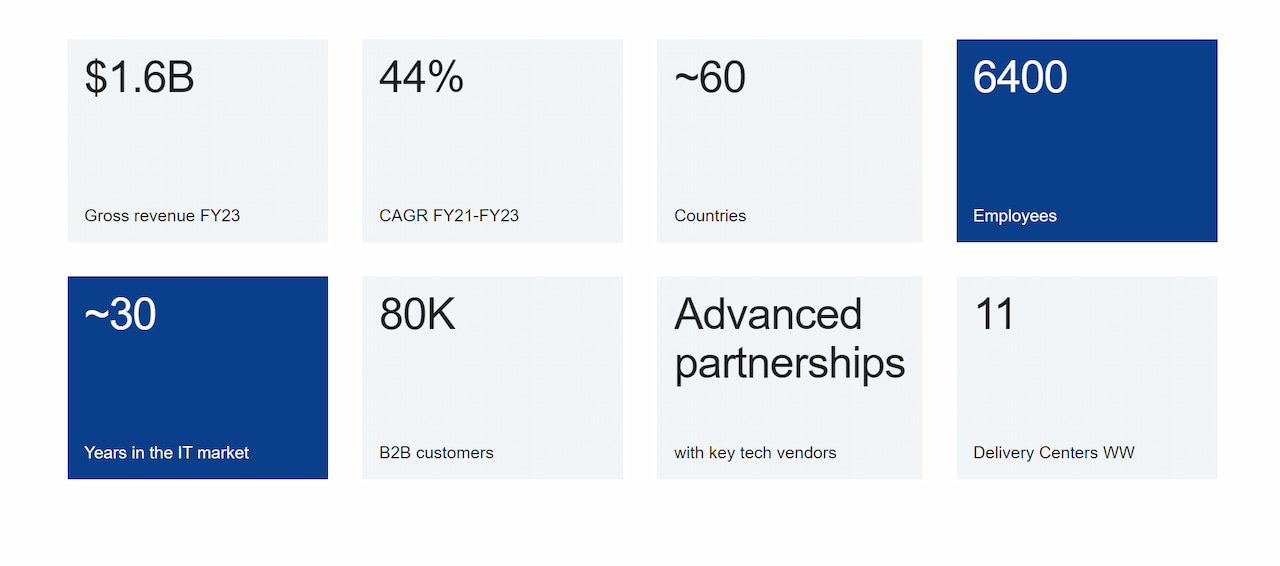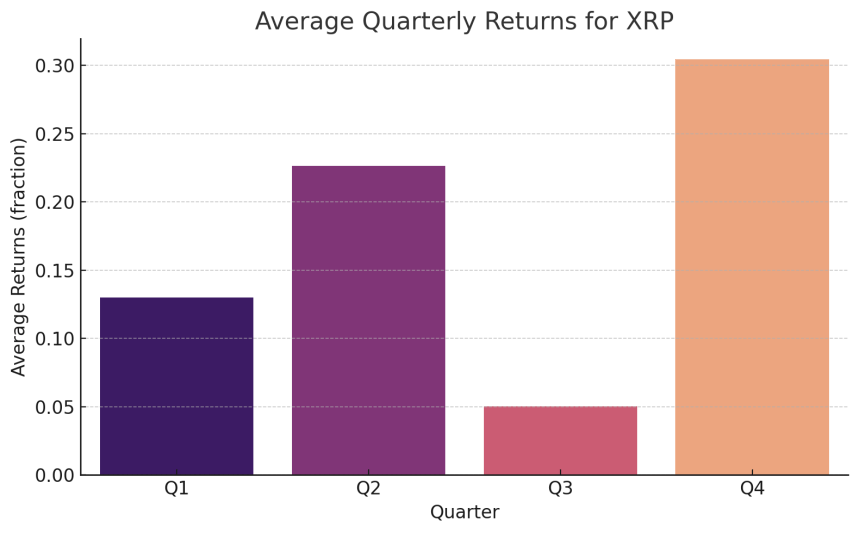While there is some truth to this, it is also true that:
-
Low rates conversely don’t lead to more apartments springing into existence. At least in the short-term.
-
It will however lead to speculation and people / institutions buying up even more properties, driving up prices. That in turn also drives up rents. Landlords will always demand at least some adequate return on their investment.
-
Labor market imbalance continuing means wages keep going up and that will drive the price of everything up over time, including rent.
-
The only actual somewhat short-term government tool to fight record low vacancy rates and housing shortages is wealthier homeowners being convinced to abandon NIMBY-ism and relaxing restrictions to allow more affordable housing to be built ASAP. Actually red states ironically have far shorter periods of overly tight inventory because there’s less friction to building new homes in general.
There’s about $5.6T sitting at the Fed in the form of RRP and bank reserves. The amount of liquidity in the system is still absurd and it has led to severe malinvestment of both capital and labor. Garbage companies with little growth, lighting society’s resources on fire have execs and employees getting lavish comp in the 10’s of millions.
Meanwhile, actual critical sectors of the economy like energy, transportation, housing, farming, etc. have experienced severe underinvestment. So purely from the point of view of imposing discipline back into capital markets tightening is required. Short-term it may seem like it doesn’t help increase supply but long-term once there isn’t infinite money in the system the “cure for high prices will be high prices” and supply will increase. What one maybe could argue is that rates can pause perhaps soon. QT on the other hand though absolutely needs to keep going or ramp up, QE on this ridiculous scale was dangerous and should have never happened.













